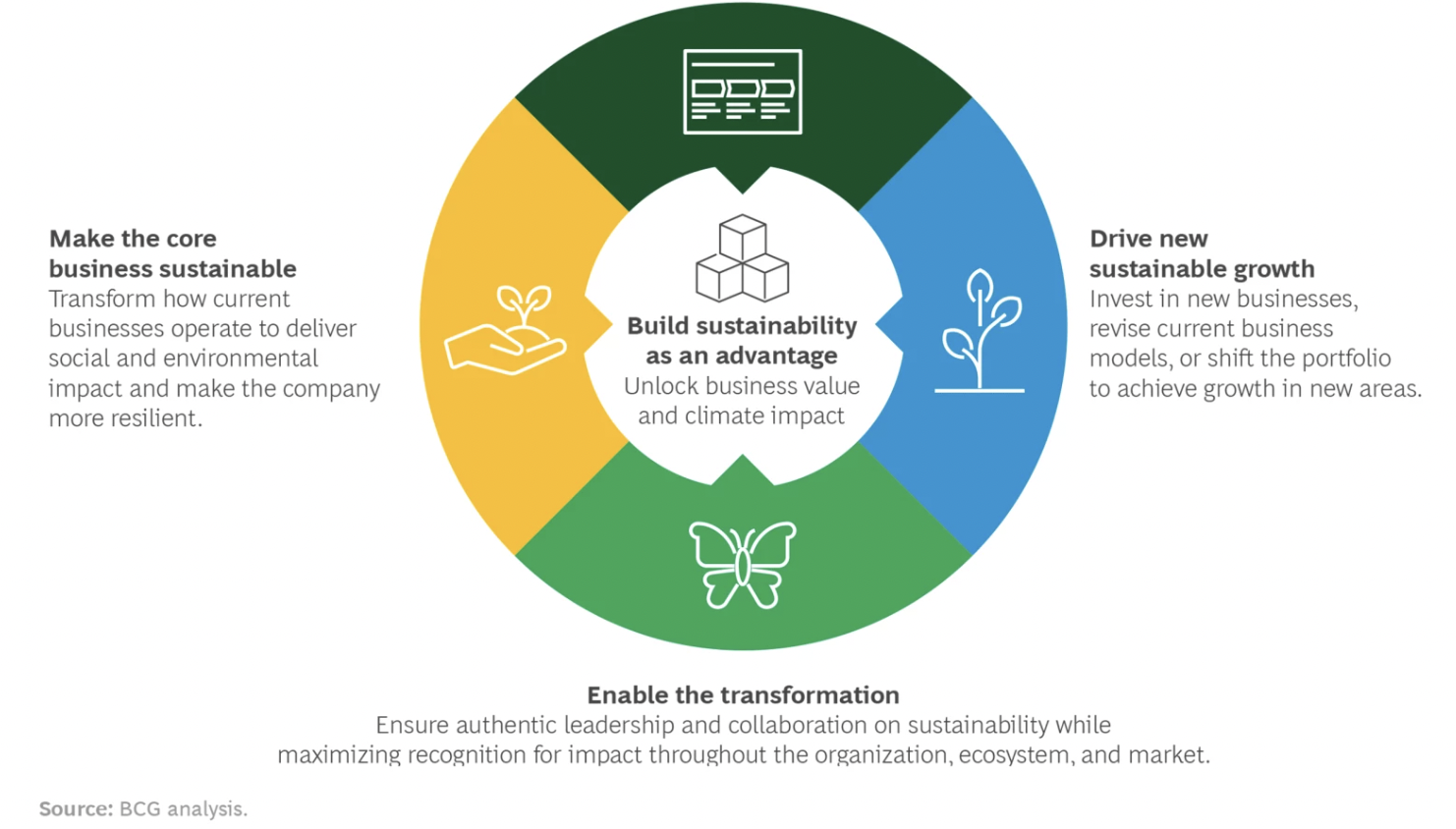
What can I do to help build a more sustainable future?
First, let's learn about the idea of "stewardship”?
A Responsibility We All Share!
Stewardship is a fundamental value shared across cultures and traditions worldwide, and many societies have unique words and ideas that reflect our responsibility to care for the environment, community, and future generations.
What does stewardship look like around the world?
Let’s take a look!
Judeo-Christian Stewardship
In Christianity and Judaism, the idea of stewardship is rooted in the Book of Genesis, where humans are given the responsibility to "tend and keep" the Earth (Genesis 2:15).
Kaitiakitanga (Māori - New Zealand)
A deep concept in Māori culture meaning guardianship, protection, and care for the land, sea, and all living things. Kaitiaki (guardians) are responsible for maintaining balance between people and nature.
Sumaq Kawsay (Quechua: Andean Indigenous Communities)
Often translated as "good living" or "harmonious life," this philosophy promotes balance between humans, nature, and well-being.
Dharmic Stewardship (Sanskrit - Dharma धर्म)
In Hindu, Buddhist, and Jain traditions, Dharma refers to the ethical duty to live in harmony with nature and society, ensuring balance and sustainability.
Ubuntu (Zulu/Xhosa - Southern Africa)
Roughly translates to "I am because we are." While not directly about environmental stewardship, it conveys a deep sense of interconnectedness and responsibility for the well-being of others and the community.

What about environmental stewardship?
By definition, environmental stewardship is the responsible use and protection of the natural environment through conservation and sustainable practices. It is a commitment to safeguard ecosystems and resources for current and future generations.
Three key principles of environmental stewardship:
Ethical Responsibility
Recognizing humanity’s duty to care for the Earth.
Read and learn how environmental education in schools can lead to sustainability initiatives beyond their walls!
Sustainable Practices
Implementing methods that minimize harm to the environment.
Watch this video on Sydney schools and their mission to ‘grow a better future’!
Collective Action
Encouraging communities, businesses, and individuals to work together toward sustainability.
Read about Patagonia’s commitment to sustainability!

Becoming an environmental steward means working with nature—finding smarter, more sustainable ways to live and work that restore and protect it rather than deplete it. When we take care of nature, nature takes better care of us!
Here are some tips for your school to better emulate environmental stewardship!
-
Did you know that all the "stuff" humans have made—buildings, plastic, electronics etc.—now weighs more than all the plants, animals, and people on Earth combined? That’s a massive impact on our planet’s fragile ecosystems resources. The good news? Actions like reducing waste, reusing items, and recycling right can help turn things around.
-
Did you know that if everyone lived like the average American, eating a high % of meats in their diet, we would need ~5 Earths to sustain our resource demands!
Reducing meat intake can have large impacts on greenhouse gas emissions, animal welfare, and more!
-
In 2019 alone, transportation was responsible for 30% of global energy demand and 23% of global CO2 emissions! Using public transportation is a great way to reduce your ecological footprint! It helps to improve air quality, restore green spaces, and reduce carbon emissions.
-
Did you hear that the world could face a 40% global water deficit by 2030? Water is the largest natural resource that is vital for the future of the planet. Water sustainability is key to environmental preservation, economic stability, and human health. So make sure to turn off the tap water as soon as your are done - this means when brushing your teeth too!
-
Did you know that 66% of global energy use is provided from fossil fuels? Fossils fuels are the leading contributors to global warming. Luckily, there is such thing as renewable energy! Transitioning to wind, solar, or hydropower will greatly combat climate change!
-
In 2022 alone, building operations were responsible for 37% of global anthropogenic greenhouse gas emissions! Constructing buildings with sustainable materials and energy-efficient systems will be key to reversing this impact. LEED-certified buildings save energy and water while reducing CO2 emissions.
-
Around 10 million hectares of trees are cut down every year! Trees play a very important role in environmental processes like carbon sequestration, soil quality, water cycle regulation, and more! They also have extreme social and economic benefits. Planting trees is one of the best investments for the future of the planet.

Learn from other
Student Sustainability Heroes:
UPENN Students transform microplastic
pollution in laundry:
Baleena, a company founded by two UPENN students whose missions is to “rewrite the narrative of microplastic pollution” through their “advanced filtration technology — transforming the way we wash and reducing the microplastic footprint of laundry.”
Middle school students design renewable energy system:
Polystyrenator, invented by a group of middle school students from Folsom, California, who “designed a digester that uses bacteria to eat Styrofoam–and turns it into energy and biodegradable plastic.” Their idea was apart of the First Lego League Global Innovation Award
NC students use technology to solve waste issues:
Sustainable Recycling Project | Samsung Solve for Tomorrow , students at the North Carolina School of Science and Math in Durham, NC “used STEM to develop an app using AI to help people identify recyclables and waste to reduce contamination at recycling sites.”

Schools are at the heart of their communities.
They are role-models and incubators that nurture, educate and prepare each generation for adult life.
Schools have a unique opportunity and profound responsibility to lead the transition to a sustainable and climate-resilient future in which people and planet can thrive.
The Whole School Sustainability Dashboard
A Roadmap to Comprehensive Sustainability, Efficiency, Well-being & Engagement.
Schools need to educate and empower today’s students to thrive in a changing world.
Urgent action is needed to protect and regenerate our shared planet, and the future the next generations will inherit.
It’s not enough for students & staff to learn about sustainability in theory—they need to see it in action.
CAUTION!
Sustainability has its challenges…
Limited Funding and Resources
External Factors and Policies
Policy and Regulation Barriers: Local regulations, zoning laws, or school district policies may limit what kind of sustainable projects can be implemented.
Greenwashing
Initial investment: may not be apart of a school budget
Ongoing maintenance costs
Infrastructure/Geographic Constraints: lack of space for sustainable practices (composting, energy-efficient technology, urban encroachment on greenspace).
Waste Management Issues: Access to recycling and better food waste disposal.
Lack of Sustainability/Environmental Science Education
Structural Barriers
Limited awareness: on the importance of sustainability
Other curriculum demands and time constraints/Lack of student interest



















